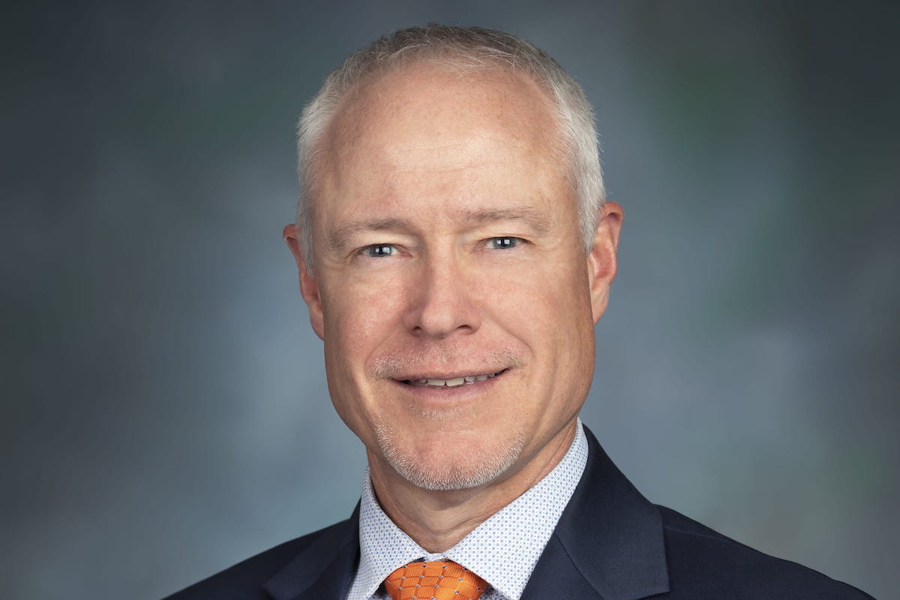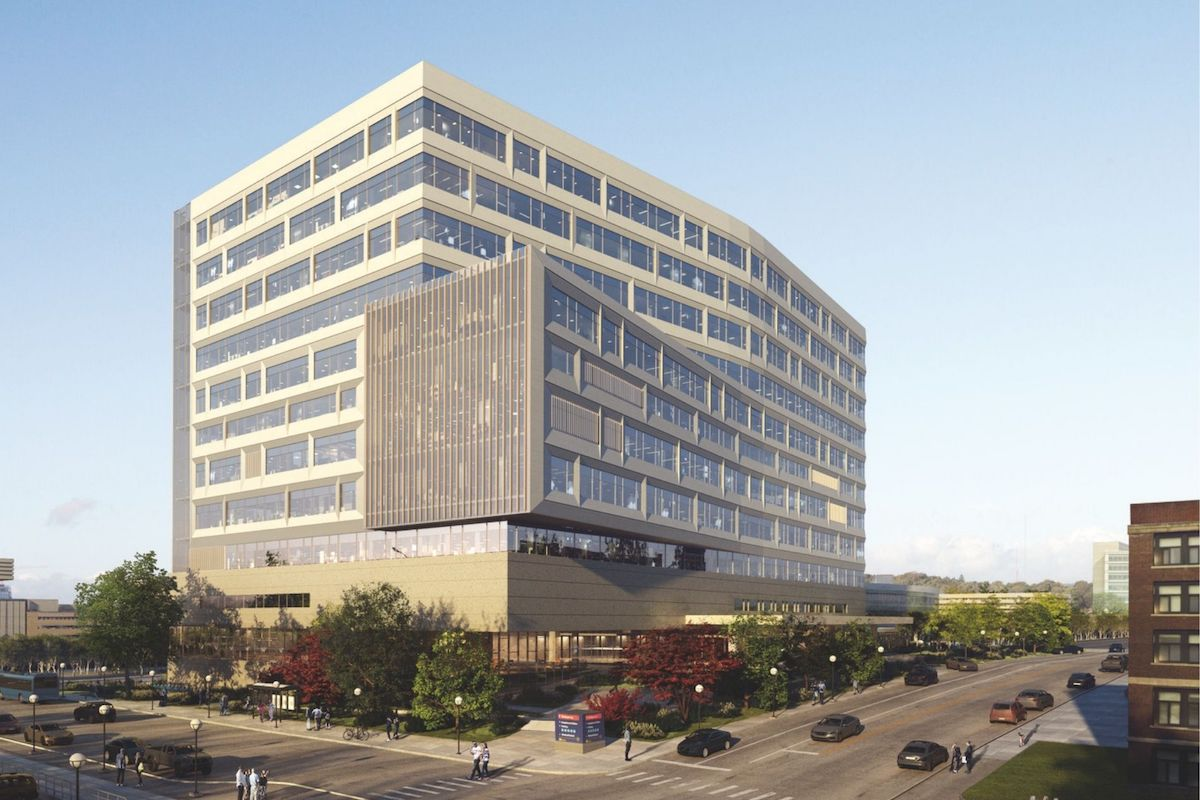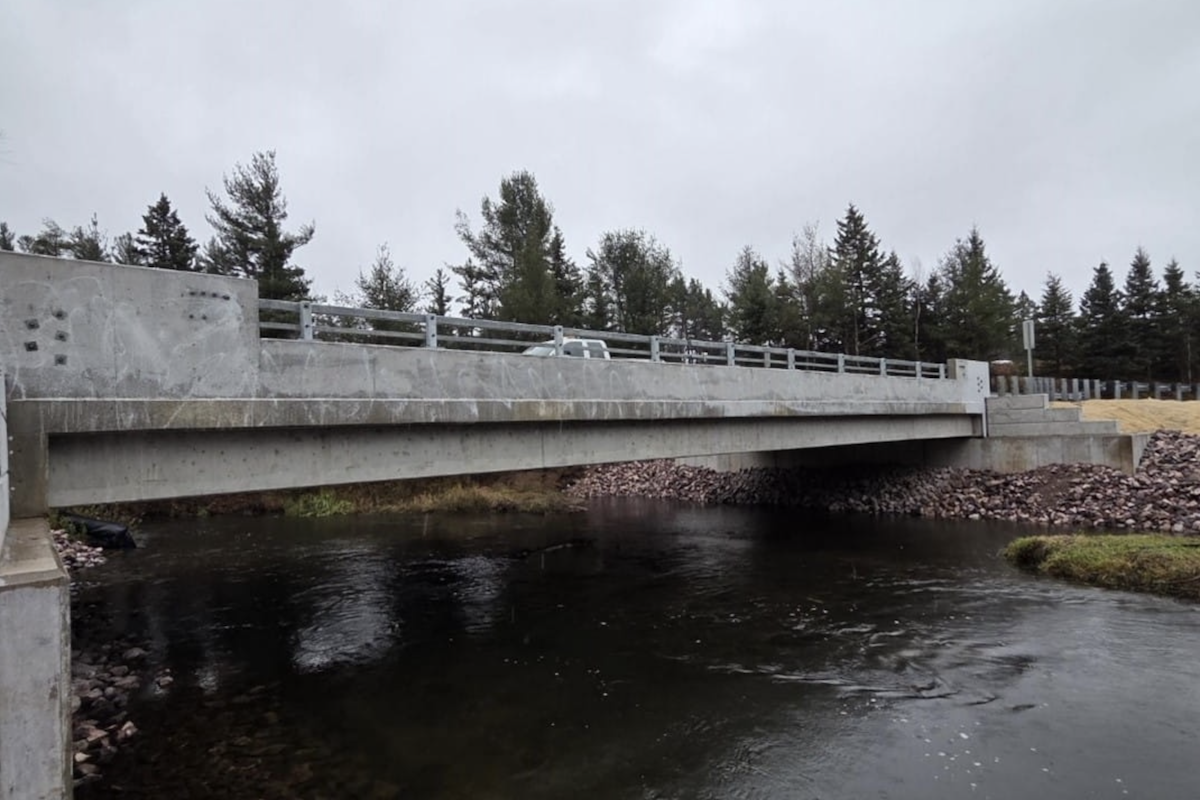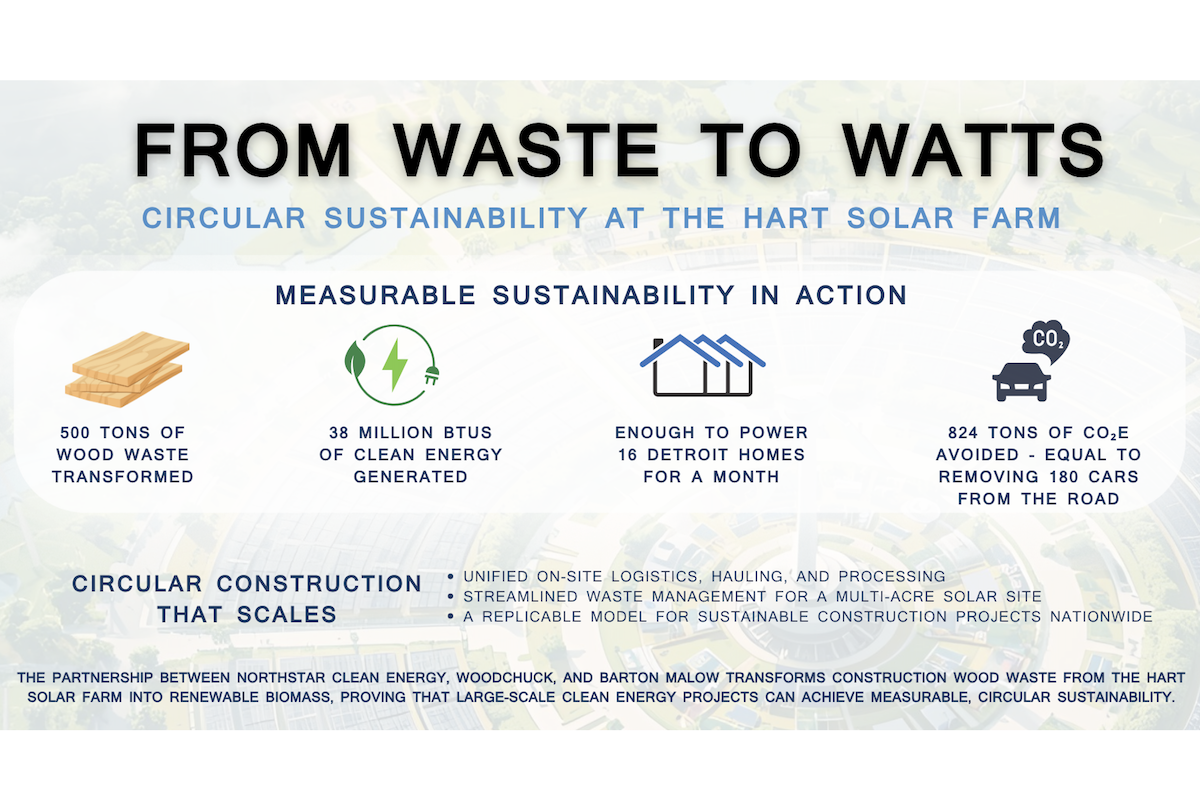“This project was based on the pavement’s life cycle,” says Lou Torres, Spokesman for ODOT. “Its replacement is to preserve the integrity of the subsurface pavement substructure and to improve the ride quality for motorists.”
OR 22 carries about 27,900 vehicles daily, including heavy freight and commuter traffic. The department divided the work into four contracts.
Roy Houck Construction of Salem, Oregon, began work on the job in March 2020 and completed it in August 2020, on time and on budget. The company works in Oregon and Washington, paving, grading, and rock crushing for highway and commercial projects.
Crews repaved the east- and westbound lanes of OR 22 at the Rickreall interchange and ramps, says Clifton Rose, Assistant Resident Engineer for ODOT. The work also included cold planing (also called asphalt milling), replacing bridge membranes and joints, adding rumble strips and striping.

| Your local Deere & Co dealer |
|---|
| AIS Construction Equipment |
Roy Houck Construction received the $3.8 million contract for cold planing, paving, replacing bridge membranes, restoring bridge abutments, and striping the section from Joseph Street to Golf Club Road. The activities took place between March and June 2020. It was on time and on budget.
“It’s another avenue for providing additional life to the road surface,” Rose says. “We are putting this down in an area where they can monitor the effect and stability of the product under freeway conditions.”
The micro-surfacing filled in cracks and smoothed the pavement surface with a mixture of a polymer-modified asphalt emulsion, mineral aggregate, mineral filler, water, and additives. It also offers a lower carbon footprint than reconstruction.
“This product will provide better skid resistance than any other resurfacing product you can put on asphalt,” says Rusty Price, Area Manager of Oregon for Intermountain Slurry Seal of Vancouver, Washington, a wholly owned subsidiary of Granite, which received the contract for the pilot project and began work in August 2020. The company has nearly four decades of experience applying a variety of pavement-preservation treatments in diverse climates and on roads with varying traffic load. Intermountain works in the central and western United States.
“We partnered with the Oregon Department of Transportation,” Price says. “We identified several items we thought were unnecessary and where the money could be spent on something that would provide the taxpayers more value.”

| Your local Trimble Construction Division dealer |
|---|
| SITECH Michigan |
That included not replacing some rumble strips, not performing some striping removal, and filling in some minor rutting with micro-surfacing.
“We listened to the contractor, the company’s crews have more experience with the material, and we kept communication open,” says Leia Kagawa, Assistant Resident Engineer for ODOT.
Price expects it will extend the life of the road by five to 10 years. The on-time and on-budget project wrapped up in October 2020.
“Overall, the work went well,” Kagawa says. “It went very quickly.”
“The goal of the project is to preserve the integrity of the culvert and the highway above it,” Torres says.

| Your local Deere & Co dealer |
|---|
| AIS Construction Equipment |
The 9-foot-high, 7-foot-wide and 270-foot-long cast-in-place concrete box culvert was built in the 1930s. The department did not want the culvert to fail, yet maintenance was difficult due to the steep slopes to reach the culvert. If it had failed, the road would need to close, creating significant problems for surrounding communities.
OTAK of Portland, Oregon, designed the project and served as construction administration and inspection. The project entailed reconstructing both ends of the culvert, repairing the bottom and walls, placing a 6-foot concrete culvert liner, extending the culvert upstream about 30 feet to create a structure for maintenance, adding wing walls and a retaining wall, and rebuilding an access road to allow ODOT maintenance crews to more easily reach the culvert in the future.
The project also called for installing two 18-inch diversion pipes upstream to collect the creek water flow and carry it to the outlet end, to dewater the site, reports William Ness, Project Manager for ODOT.
Siegmund Excavation & Construction of Stayton, Oregon, received the $1 million contract to make the repairs and began work in May 2020. The company was founded in the 1969 by Lou Siegmund to complement his father’s logging firm. During the ensuing years, Siegmund Excavating has diversified to meet the needs of both the timber and construction industries. It remains family owned and operated.
Subcontractor Oregon State Bridge Construction of Scio, Oregon, handled the concrete work. Crews added concrete and rebar to the interior of the culvert and added a weir surface to extend the lifespan, says Gibson Kuenzi, Project Manager with Siegmund.

| Your local Deere & Co dealer |
|---|
| AIS Construction Equipment |
Large boulders often blocked the culvert during the winter. The boulders, which can be as large as 8 feet, work their way down the steep drop from the mountains. ODOT would remove them by blasting if they blocked the culvert. Siegmund removed those boulders as part of the project.
“In the new box-culvert, we added some debris fins to keep boulders from going inside the culvert,” Kuenzi says.
All work on the culvert took place inside a fish in-water work window. Fish were removed from the work zone and Siegmund installed netting to keep the fish out.
Also complicating the project was an abandoned railroad trellis, a cultural and historic area on the south side of the culvert. That meant all materials had to come in on the north – the inlet side – and was carried by hand through the culvert into the southern side.
Siegmund used heavy equipment, which ran on bio-hydraulic oil. The equipment included a forestry excavator to work on the steep slopes and a track articulating dump truck to bring materials in and out.

| Your local Deere & Co dealer |
|---|
| AIS Construction Equipment |
Just days before the project’s expected early completion in September, Oregon’s massive wildfires engulfed the entire site – including much of Siegmund’s equipment and supplies – and melted some of the 14-day-old concrete.
“We’re doing disaster repair and remediation and winterizing the culvert,” Kuenzi says. “It will need significant repair next year. It burned inside the concrete. But there’s nothing that cannot be replaced.”
The work has been “buttoned-up” for the winter, including removing the diversion pipes, Ness says. Additional work will be required next year to repair damage caused by the fire. The existing culvert was not damaged as much as the new work, in part because it had some water in it.
“What I am most proud of on this project is that we have a solid team – ODOT, OTAK and Siegmund Excavation,” Ness concludes. “The three entities really came together on this project in a cooperative and team-like way. There were challenges, and our team was up for the challenges and did an excellent job getting it completed.”

































































